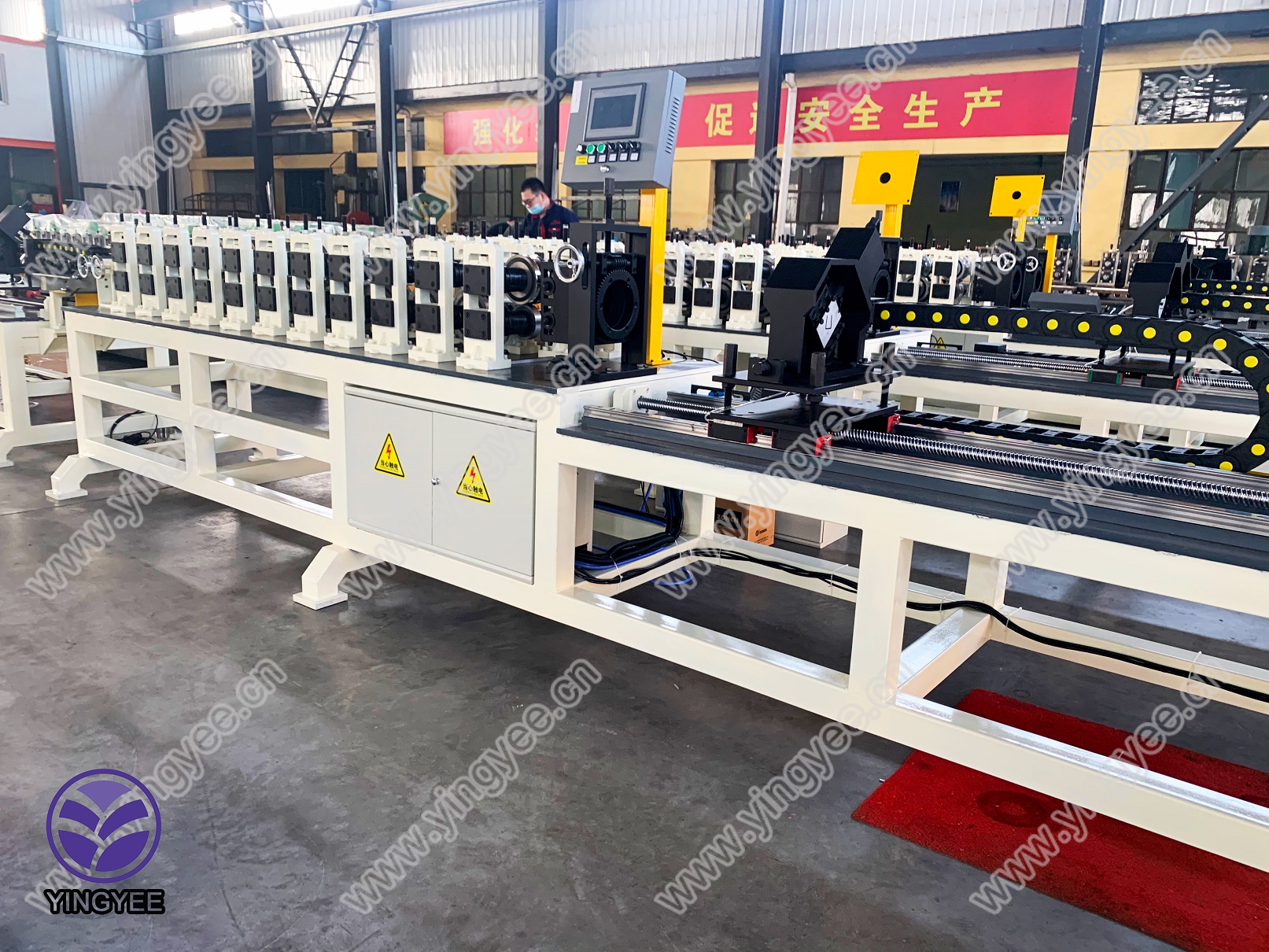
The Advancements of C/Z Purlin Automatic Line Technology
In the modern construction industry, efficiency and precision have become paramount, particularly in the realm of metal fabrication. One of the most significant advancements in this field is the development of C/Z purlin automatic line technology, which has revolutionized the way steel components are produced and utilized in building projects. This article explores the concept of C/Z purlin automatic lines, their benefits, applications, and the future of this innovative technology.
Understanding C/Z Purlins
C and Z purlins are structural components widely used in the construction of steel buildings. They are named for their distinctive shapes—C-shaped and Z-shaped— which provide exceptional strength along with reduced weight. These purlins serve a critical function in supporting roofs and walls, making them essential in commercial, industrial, and agricultural buildings. Traditionally, purlins were manufactured using manual processes, which were not only time-consuming but also prone to human error.
The Innovation of Automatic Lines
C/Z purlin automatic lines are sophisticated machines designed to streamline the production process. These lines utilize advanced technology, including computer numerical control (CNC) systems, to automate the fabrication of purlins. By integrating design software with automated cutting, punching, and bending machinery, manufacturers can significantly enhance precision and speed.
The automatic process begins with the feeding of raw steel coils into the machine. The CNC system then reads the design specifications and precisely cuts the steel to the required lengths. After cutting, the machine performs the necessary punching operations to create holes for fasteners and connections. Finally, the steel is bent into the desired shape, completing the manufacturing process efficiently and accurately.
Benefits of Automatic Lines
1. Increased Production Speed The automation of the C/Z purlin manufacturing process allows for faster processing times. This means that manufacturers can produce a larger volume of purlins in a shorter period, enabling them to meet tight project deadlines.
2. Enhanced Accuracy With human error minimized, CNC technology ensures that each purlin manufactured adheres to exact specifications. This high level of precision is crucial for structural integrity and overall building safety.

3. Cost-Effectiveness Although the initial investment in automatic line technology can be significant, the long-term savings are substantial. Increased production capabilities and reduced labor costs lead to lower overall operational expenses.
4. Flexibility and Customization Modern automatic lines can be easily programmed to produce different sizes and shapes of purlins. This flexibility allows manufacturers to quickly adapt to varying project requirements without extensive downtime.
5. Improved Safety Automation reduces the need for manual handling of heavy materials, which can help minimize workplace accidents. Safety features integrated into modern machines further enhance the working environment for operators.
Applications of C/Z Purlin Automatic Lines
The versatility of C/Z purlins, combined with the efficiency of automatic lines, makes them suitable for a wide array of applications. These components are primarily used in the construction of buildings, such as warehouses, factories, and agricultural facilities. Additionally, they find application in roofing systems and can be used in residential construction for lightweight structures.
Moreover, as the demand for sustainable building practices grows, the use of C/Z purlins in eco-friendly construction projects is on the rise. Their lightweight nature not only reduces the amount of raw material required but also lowers transportation costs and energy usage during the building phase.
The Future of C/Z Purlin Automatic Line Technology
Looking forward, the future of C/Z purlin automatic line technology appears promising. As advancements in artificial intelligence and machine learning continue to evolve, we can expect further enhancements in automation systems, leading to even greater efficiency and customization capabilities.
Moreover, with the increasing push for sustainable practices in construction, manufacturers are likely to focus on developing eco-friendly production techniques. This includes the use of recycled materials and energy-efficient processes, aligning with the global trend toward sustainability.
In conclusion, C/Z purlin automatic line technology represents a significant leap forward in the construction industry. By combining speed, accuracy, and flexibility, it is transforming the way metal purlins are produced and utilized. As the industry continues to evolve, embracing these advancements will be crucial for meeting the growing demands for efficiency and sustainability in construction projects worldwide.